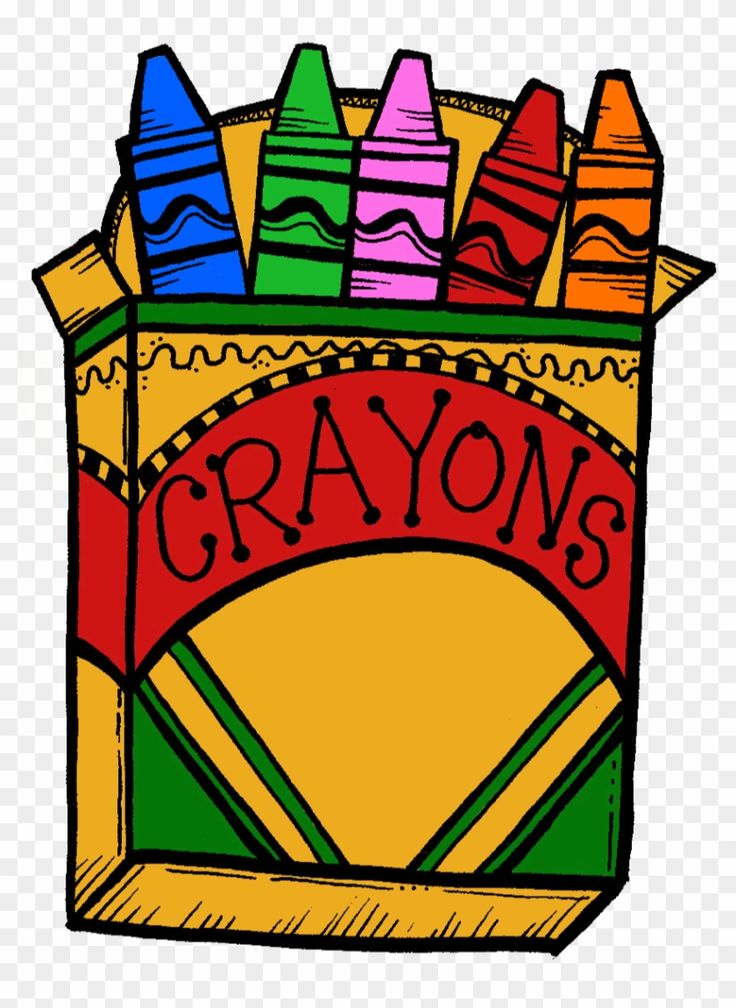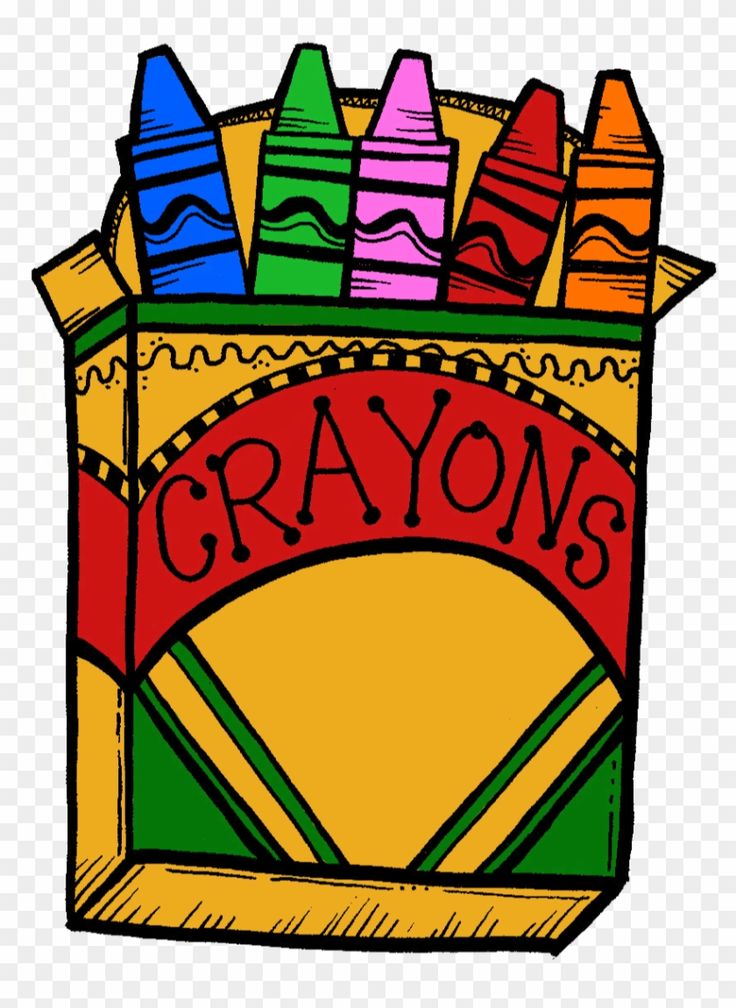Age Range: 7-8 years old
Time: 50 minutes
Lesson Number: 1
Learning Objectives:
- Understand the concept of multiplication
- Relate multiplication to repeated addition
- Visualize multiplication using groups
- Practice solving simple multiplication problems
- Learn factors and products
Universal Design For Learning (UDL):
- There is written explanation, an explanatory video and visuals to support diverse learning.
- The students are engaged through real world activity and numerical problems.
- There is numerical problems and a real world activity t to support different types of students.
Essential Questions:
- What is multiplication and how is it different from addition?
- How can we use addition to understand multiplication?
- Why do we need multiplication and how does it help us solve problems more quickly?
- What are factors and products?
Materials and Technology:
- Internet
- Any technological device (smartphone, tablet ect.)
- Headphones (not necessary)
- Paper
- Pencil
Prior Knowledge & Pre-class Preparation:
For Students:
- Understanding number groups and recognition
- Understanding addition
For Instructors:
- Gather material and review key concepts
Lesson Plan Sequence:
Introduction:
This lesson will introduce the concept of multiplication to students and will aim to teach them multiplication as repeated addition.
Instructional Content:
What is multiplication: Multiplication is a way of adding the same number multiple times. It is like combining equal groups together.
Example:
Imagine you have 3 boxes of crayons and each box have 4 crayons in it.



You have 3 boxes of crayons and each box has four crayons.
That means you can multiply 3 by 4.
3 x 4 means that you have 3 groups of 4 crayons.
Now, we can find out how many crayons you have:
- 4 crayons in the first box
- 4 crayons in the second box
- 4 crayons in the third box
4 + 4 + 4 = 12
So, 3 x 4 = 12
Multiplication is adding the same number over and over. Instead of using, 4+ 4 + 4 = 12
We can use 3 x 4 = 12.
It is like a short cut for adding the same numbers and it helps us solve problems more quickly .
Factors and Products:
Factors are the numbers we are multiplying.
Product is the answer we get from the multiplication.
To Do List For Lesson 1:
Watch the video to understand multiplication better with Piggy and Professor!
Read this resource to better understand multiplication as repeated addition: https://www.dreambox.com/math/skills/addition/repeated-addition
Interactive Learning Activity:
Multiplication Hunt:
Look around the house and find items that come in groups, draw the items and try to group them. Use multiplication to count the items around the house.
Example:
Item chosen: Towels on rack
Look at the number of racks and look at the number of towels. Let’s say, there are 2 racks and each rack has 2 towels.
Then, you would have 2 x 2 = 4 towels.
Find 6 examples of grouped items around your house and try to use multiplication to count them.
Do the Practice Questions at the end of this website: https://www.dreambox.com/math/skills/addition/repeated-addition
Conclusion:
In this lesson, we have learned that multiplication is a short cut for adding repeated numbers together. The next lecture we will take a look at the multiplication table and see how it can help us solve multiplication problems quicker.
Assessment Overview:
| Letter Grade | Percentage | Achievement Requirement |
| A+ | 90 – 100% | The student engages well with the topic and demonstrates an excellent understanding of the course material through the completion and correctness of learning activities. Students go above and beyond the course material presented. |
| A | 85 – 89% | The student engages with the topic well. They completed the learning activity and demonstrated great understanding of the course content through the completion and correctness of learning activities. |
| A- | 80 – 84% | The student engages with the topic well and completes all learning activities. Some aspects of the course content understanding is missing from learning activities. |
| B+ | 77 – 79% | The student has completed all required work. The student demonstrates an okay understanding of the course content through the completion and correctness of learning activities. |
| B | 73 – 76% | The student has completed all required work and demonstrated some understanding of the course content. |
| B- | 70 – 72% | The student has completed most of the required work and demonstrated understanding of the content. |
| C+ | 65 – 69% | The student has completed most of the learning activity but does not demonstrate a thorough understanding of the material. |
| C | 60 – 64% | The student has not completed the learning activity but showed some engagement with the course material. |
| D | 50 – 59% | The student has not completed the learning activity or engaged with the lesson material. |
| F | 0 – 49% | Student has not engaged with the course content at all. |
Resources, Diagrams and References:
Crayon box clip art . Pinterest. (2021). https://www.pinterest.com/pin/484207397447263096/
Morrissette, S. (2024). What is repeated addition? definition, examples & formulas. DreamBox by Discovery Education. https://www.dreambox.com/math/skills/addition/repeated-addition
Multiplication strategies progression. Multiplication Strategies Progression. Department of Education. (n.d.). https://www.maine.gov/doe/pl/math/multiplication#:~
:text=One%20of%20the%20early%20strategies,5%20%2B%205%20%3D%2035%20pencils.
Additional Notes:
Mastering multiplication will take practice and time so it is better to be patient and trust the learning process.
Leave a Reply